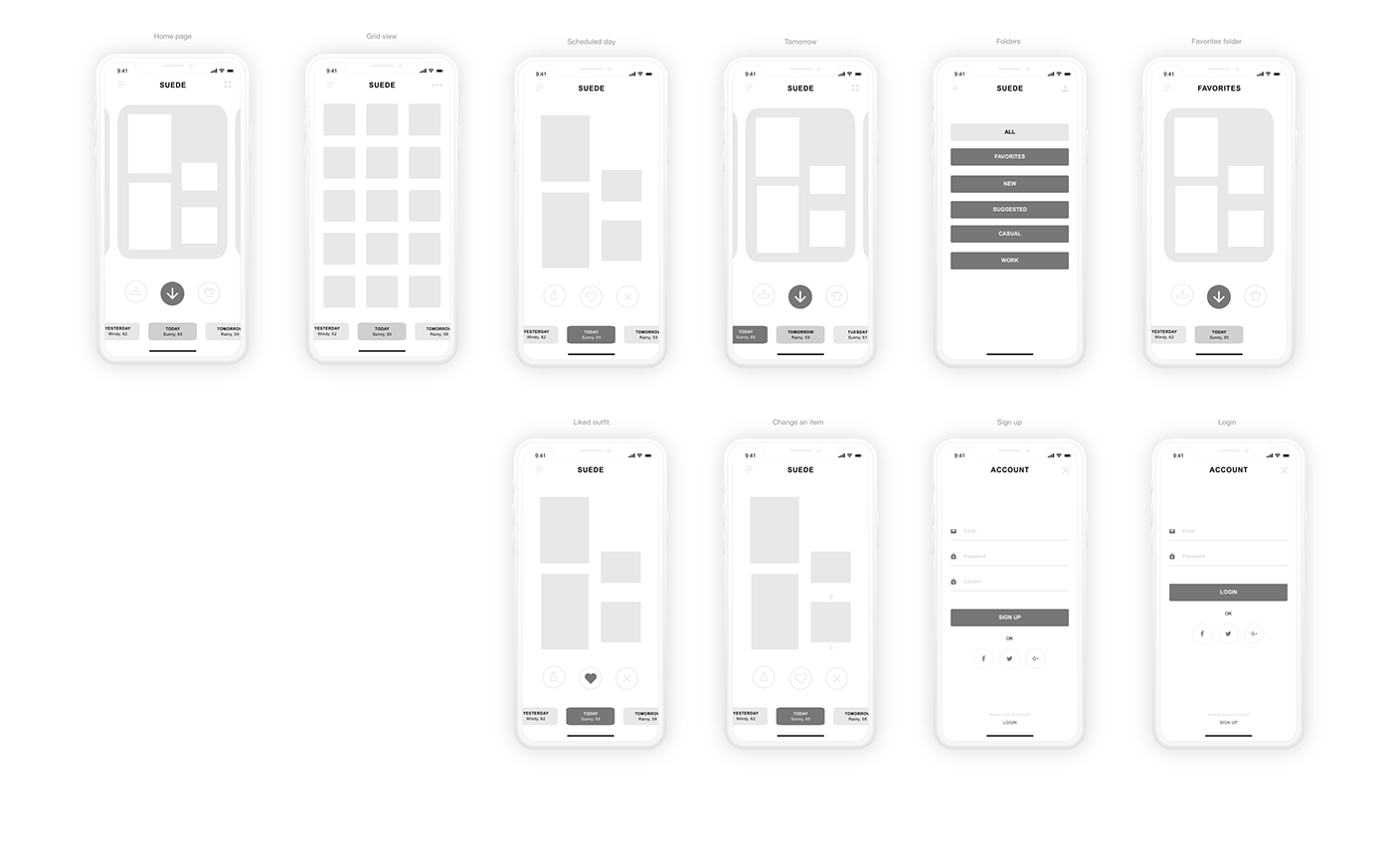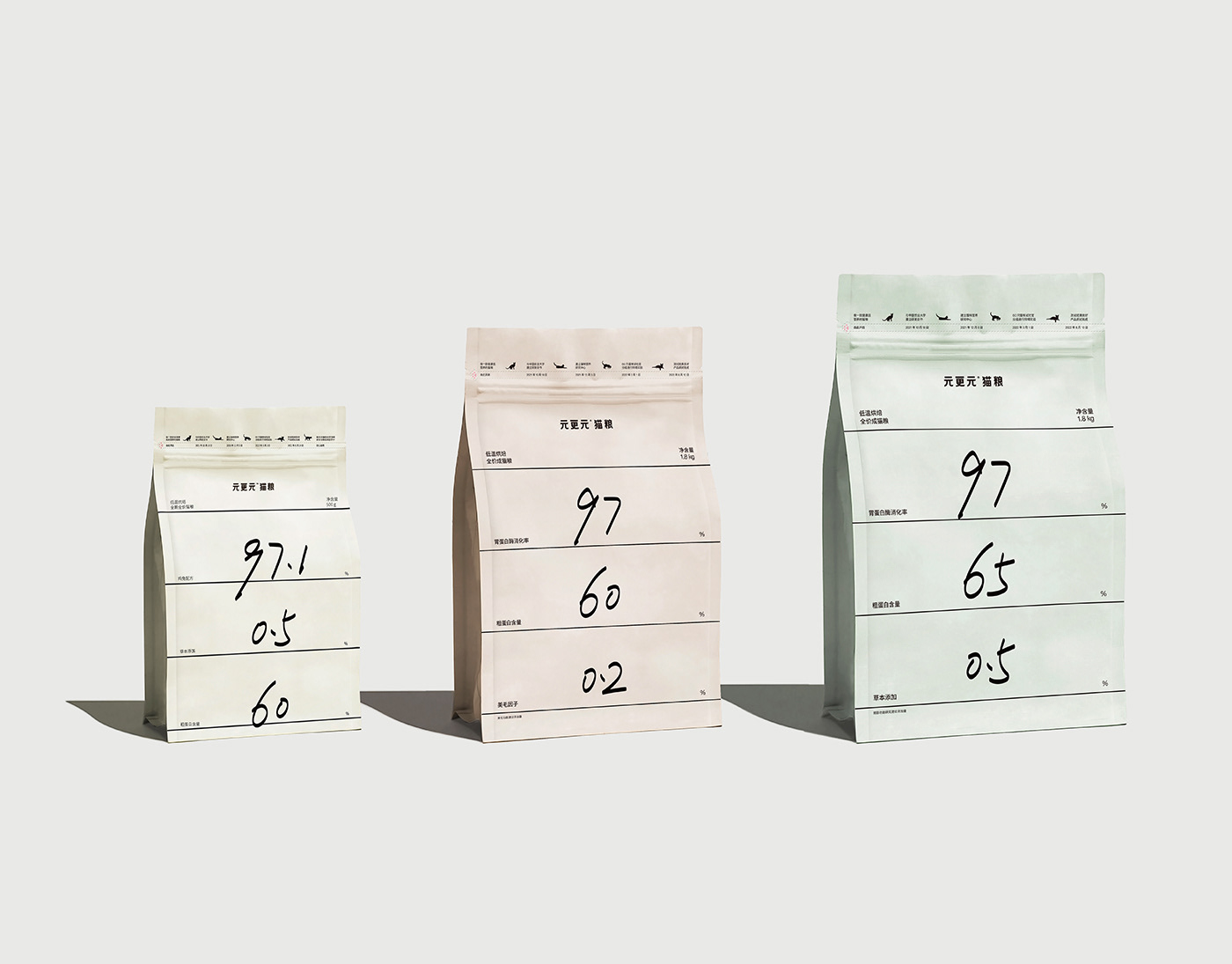
SEAM
UX/UI Case Study
Problem Statement

Due to globalization and cheap labor abroad, new trends are becoming available at faster rates and are becoming more affordable. Young men and women in the US are not aware of impacts of consumerism, and end up with full wardrobes full of out of style clothes. They are forced to come back into stores and buy new clothes every week or month, and update their wardrobes constantly. We risk losing ancient techniques that have been passed down through generations in communities around the world.
We need to break our addiction to the need for speed and volume. We need to realize the true cost of out cheap bargains. Ultimately, we need to buy less, buy better and keep asking questions about the realities behind what we’re purchasing. We need to love the clothes we already own more and work harder to make them last.
Seam is a solution to the problem that comes in form of an app. It solves the problem from its core — by changing the way we interact with our clothes, and, ultimately, changing our mindset when it comes to fashion. It helps each user to get inspired by the clothes they already own and find new ways to style these items. By seeing how other people wear things that you have in your wardrobe can motivate you to become more aware of the things you do own, which will ultimately lead to less need in constant shopping and running after new trends.
Secondary Research

DISPOSABLE FASHION
Fashion cycles are moving faster than ever. Mass produced items are becoming more affordable, attracting more and more customers. More styles means more waste — we are more likely to dispose our cheaper garnments that expensive ones.
"It used to be four seasons in a year; now it may be up to 11 or 15 or more"
— Tasha Lewis. learn more
FAST FASHION CULTURE
Today, both people and environment suffer as a result of the way fashion is made, sourced and consumed. Americans annually purchase an average of 8 pairs of shoes and 68 pieces of clothing. Meanwhile, fast fashion culture exploits low-wage workers in other countries, feeds an industry of counterfeits, and is environmentally unsustainable.
FASHION REVOLUTION
Approximately 75 million people are working to make our clothes. The majority of them live in poverty, unable to afford life’s basic necessities. Many are subject to exploitation, verbal and physical abuse, working in unsafe and dirty conditions, with very little pay. Fashion revolution is a global movement calling for greater transparency, sustainability and ethics in the fashion industry. learn more
Target Audience
20-30 year old men and women from the US. College graduates, working professionals, middle class. Interested in fashion, technology, environment, sustainability, minimalism. Enjoy shopping for new clothes or make up, and going out to bars and restaurants with friends and family. Main goals are saving money, transitioning to a more professional wardrobe, with better quality materials. Concerned with environmental issues and want to improve their cardbon footprint by recycling, and cutting down on consumerism. Key motivation points: using clothes to their full potential, shopping with intention, investing in better quality materials and items, saving money and time, curating a personal style, being more organized, doing more with less, feeling comfortable and confident in what they are wearing.
Proposed Solution
An app that allows the users to organize their wardrobes and build new outfits out of the things they have. By sharing outfit ideas with each other, we can shift the way people think about fashion. Users will be able to curate their own styles, just as simple as curating their social media profiles. And they will be able to find fashion inspiration based on the items they already own. By connecting with each other, people will keep each other motivated and inspired every day, and guide each other along their journey to a more minimal and sustainable lifestyle with less need for consumerism.

Primary Research
RESEARCH GUIDE:
What concerns do young women in the US have with their wardrobes?
How do young Americans plan and experience their shopping?
What are young women in America motivated by?
INTERVIEW GUIDE:
Introduction:
Name, Age, where do you live, hobbies, interests
Occupation? Income source and how do you spend your money?
Are you interested in fashion? What do you consider fashionable?
Main questions:
Do you like shopping? Why?
How often do you go? Average budget.
What do you consider your style?…Describe your current wardrobe with both good and bad aspects of it.
In the perfect universe, how would you describe your ideal wardrobe?
Describe the last time you went shopping. Where did you go? What did you need/buy?
How do you plan your shopping?
Would you like to change anything about your shopping routine?
Would you be interested in having a more minimal wardrobe?
Wrap-up:
If you had a chance to advise a free personal stylist, what services would you be most interested in, what questions would you ask?
Would you be interested in an app that you could use to improve your style?
Insights
From interviewing 10 people in San Francisco, here is what I learned:
Most interviewees considered shopping therapeutic, fun experience, entertaining and their favorite way to spend money.
Most interviewees were not interested in fashion in a traditional sense, but owned a lot of trendy items in their wardrobes.
Most of them based their shopping decisions on the price and whether they liked that particular piece of clothing.
While everyone loved shopping, they would be interested in a more minimal wardrobe with better organization and easier and faster outfit building.
Most interviewees planned their outfits in the evenings, and searched for inspiration on sites like Pinterest and Instagram (based on the items they already had)
MAIN PROBLEMS THAT I NOTICED:
Trends go out of style fast and people end up with cluttered wardrobes with "nothing" to wear.
Saving money is hard with fast fashion, and keeping your style up to date takes a lot of spending.
People prefer the unsustainable, fast fashion stores, lower quality and prices, because it allows them to constantly update their wardrobes with trendy items that resemble designer styles.
Most of them did not plan their shopping and did not even have anything in mind when they went into stores.
PROPOSED SOLUTIONS:
A wardrobe navigation system and easier outfit planning
A way to shop more intentionally - shopping plan
Searching sustainable brands and materials
A way to donate items or re-sell them easily
Help with fixing old clothes or re-using clothing
A Fashion community where users inspire each other to use what they have in a variety of ways — sharing photos with outfit break-downs, following people with similar styles and searching outfit inspiration by clothing items
CONSLUSION:
Designing an app that would allow the users to have all their items visible and accessible at all times would enhance their shopping experience and lower consumption. Getting inspired by other people to wear the items that they already have, people could become more familiar with the things that they have and less focused on the things that they don't. Inspiring and motivating the users is key to helping them stay satisfied with their wardrobes.

Persona 1


Persona 2


App Sections

Design Principles
ORGANIZED
Smart filters and search functions help create a clean and organized environment for the users who want to have an easy to use platform for organizing their wardrobes, finding their style, sharing fashion ideas, and inspiring each other.
ADAPTIVE
The app adapts to the user's preferences and personal needs, as well as helps to provide valuable information that is based on their current style and owned items.
MINIMAL
A minimal, simple, easy to use, clean, and modern look that reflects a minimalist lifestyle. The goal is to provide the users with a distraction-free environment, where they can focus on being creative and doing more with less.
A PLATFORM FOR INSPIRATION
A double-sided platform creates a minimalist fashion community, where those who want to express themselves through fashion and inspire others to follow their style tips can share their creations with those who seek help and guidance, or simply want to find motivation to create stylish outfits out of clothes they already own.
CURATED
Each user gets a chance to create a personal image through the clothing items that they add and through the outfits they create. It is a platform for self expression and inspiration, where users get to choose what image they want to show to others and what kind of fashion style they want to achieve.
Moodboard












Design Board












Sketches




Wireframes


Wireframe Prototype (Abode XD prototype link)
Styleguides

Final Prototype


Final Prototype (Abode XD prototype link)






